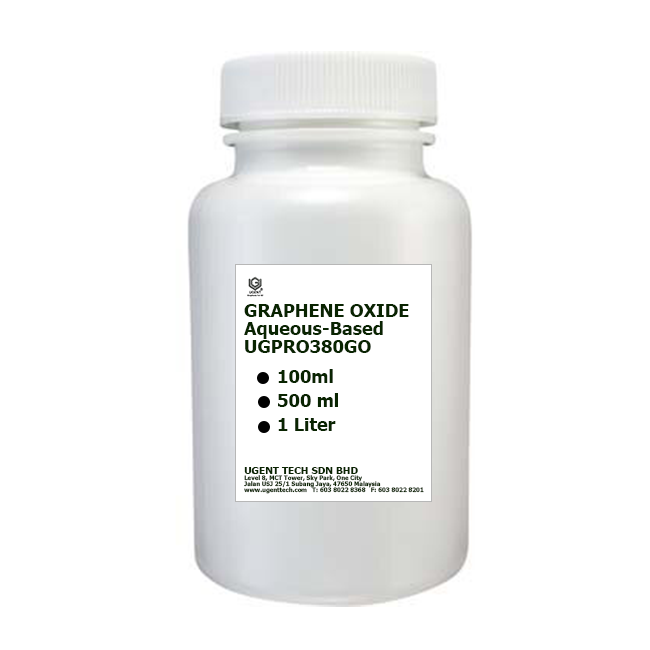How Graphene is Transforming Energy Storage and Batteries
Graphene, a single layer of carbon atoms arranged in a two-dimensional honeycomb lattice, is rapidly emerging as one of the most promising materials in the field of energy storage. With its remarkable electrical conductivity, large surface area, and excellent mechanical strength, graphene is set to revolutionize how we store and utilize energy. In this blog, we will explore the transformative impact of graphene on energy storage technologies, particularly batteries and supercapacitors.
1. Enhancing Lithium-Ion Batteries
Lithium-ion batteries have become the gold standard for portable electronics and electric vehicles. However, they have limitations, including charging times and overall lifespan. Graphene can address these challenges in several ways:
Faster Charging: By integrating graphene into the battery's anode, researchers have demonstrated that lithium-ion batteries can charge significantly faster—potentially in a matter of minutes rather than hours. The high electrical conductivity of graphene allows for quicker electron transport, reducing charging time without sacrificing capacity.
Increased Capacity and Longevity: Graphene's high surface area enables a larger amount of lithium to be stored within the battery. This leads to higher energy capacity, allowing batteries to hold more energy and operate longer between charges. Additionally, graphene's strength helps maintain structural integrity during the charge-discharge cycles, potentially leading to a longer lifespan for the battery.
2. Revolutionizing Supercapacitors
Supercapacitors are known for their ability to deliver rapid bursts of energy and have applications in renewable energy systems and electric vehicles. However, their energy density has traditionally been lower than that of batteries. Graphene is changing that narrative:
Higher Energy Density: Graphene-based supercapacitors can store significantly more energy than their conventional counterparts. This is due to the large surface area of graphene, which allows for more charge storage and a higher overall energy density.
Rapid Charge and Discharge Rates: Supercapacitors made with graphene can charge and discharge energy almost instantaneously, making them ideal for applications requiring quick bursts of power. This property is particularly advantageous in regenerative braking systems in electric vehicles, where rapid energy capture is crucial.
3. Improving Hybrid Energy Storage Systems
The combination of batteries and supercapacitors in hybrid energy storage systems aims to leverage the strengths of both technologies. Graphene plays a crucial role in enhancing these hybrid systems:
Optimized Performance: Graphene can be integrated into both the battery and supercapacitor components, optimizing the overall performance. This integration allows for faster energy delivery when needed, while also providing sustained energy storage for longer durations.
Cost-Effectiveness: By enhancing the efficiency and lifespan of hybrid systems, graphene can contribute to reducing the overall costs associated with energy storage, making it more accessible for a wider range of applications.
4. Supporting Renewable Energy Solutions
As the world shifts towards renewable energy sources, the need for effective energy storage becomes more critical. Graphene's properties are vital for creating solutions that can store energy generated from renewable sources like solar and wind:
Energy Grid Stability: Graphene-based energy storage solutions can help stabilize the energy grid by storing excess energy produced during peak generation times and releasing it when demand is high. This is essential for integrating renewable energy into existing power systems.
Portable Energy Solutions: Graphene's lightweight nature allows for the development of portable energy storage devices, making it easier to harness and store energy in remote areas or during emergencies.
Conclusion
The incorporation of graphene into energy storage technologies is transforming how we think about batteries and supercapacitors. Its remarkable properties not only enhance the performance of existing technologies but also open doors to innovative solutions that can support the growing demand for efficient energy storage.
At Ugent Tech, we are committed to exploring the potential of graphene in energy storage and are actively developing cutting-edge products that harness its capabilities. As we continue to innovate and push the boundaries of what’s possible, we are excited to be at the forefront of the energy revolution—because the future of energy storage is built with graphene.



















